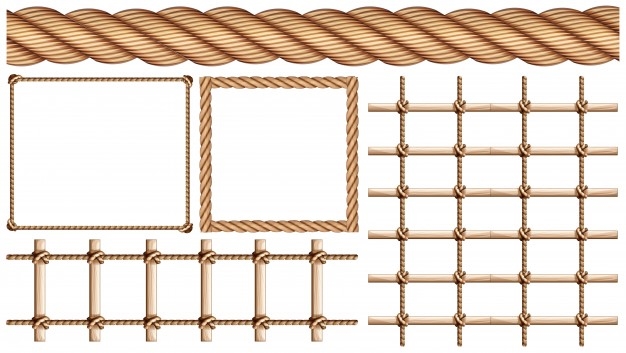Share
Pin
Tweet
Send
Share
Send
Obi belt, thick Dupont silk hand-made from two cocoons instead of one, cut kimono - these fashion details are highly appreciated by designers all over the world.

In fact, what the Europeans know by the name of kimono, the Japanese call differently: kuro-tomezade, furizade, yukito ... In addition to the names, the kimono has a variety of shapes, as well as colors, patterns and cuts. All these details can tell about the owner (or the owner - men wear kimonos) almost everything.

Traditional handmade Japanese attire consists of several - up to 12 pieces, and all together costs more than one hundred thousand rubles. Collectors of ancient textiles specially go to a remote Japanese village, where they have long been producing a thin, but strong and delicate fabric from a silkworm cocoon.
Silk Dupont
In winter, the mountain village of Ushikubi is covered with snow and almost cut off from the rest of the world.For more than 800 years in a row, the so-called silk dupon - no less gentle and beautiful than other types of silk, but more dense and durable. The threads for him are not spun from one cocoon, as usual, but from two at once. The technique has remained virtually unchanged for centuries. It is standard: silkworm caterpillars are cocooned in boiling water, then thin fibers are unwound from them using a pedal machine. This is the most crucial working moment - because the quality of the future fabric depends on the sensitivity of the spinner’s fingers.The silk thread should be perfectly straight. Then the threads are dried, twisted, dyed with vegetable dyes and smoothed.
After that, the fabric is woven - manually, on the pedal weaving machines various patterns are made of weft and warp threads. On average, one weaver makes 50 cm of precious fabric per hour. Such fabrics are used by world-famous designers in their fashion collections.
You can also see them in expensive French (English, etc.) boutiques.
 This is how silkworm cocoons look
This is how silkworm cocoons look Individual fibers are twisted into one thread
Individual fibers are twisted into one thread It looks like dried raw threads
It looks like dried raw threads Stains are stained with decoctions of bark and sap of plants
Stains are stained with decoctions of bark and sap of plantsObi belt
Obi - Japanese belt (female and male). Traditionally 60 cm wide, from 3.65 to 9.60 m long, worn over a kimono. The method of tying the obi depended on the position of the woman in society: unmarried girls tied him from behind, and the ends of the belt protruded from them. Married women laid their ends flat. And the courtesans tied a belt in front of the bow.
Obi belt can be made by yourself.Our master class will help you. How to sew an obi belt with your own hands..
Photo: PR, fashion collections by Haiderackermann, Dolce & Gabbana, Marcjacobs, Gucci, Tokyofashionweek
The material was prepared by Elena Karpova.
Share
Pin
Tweet
Send
Share
Send



















